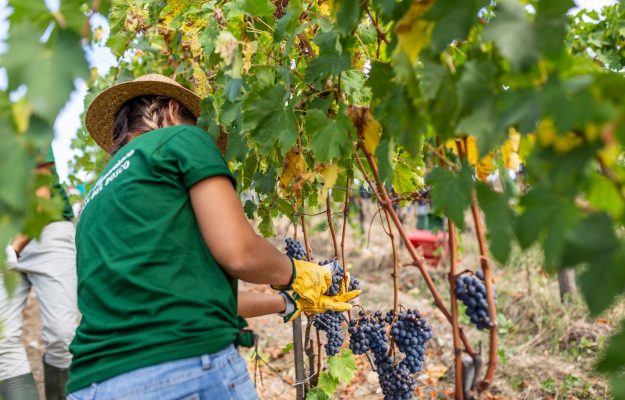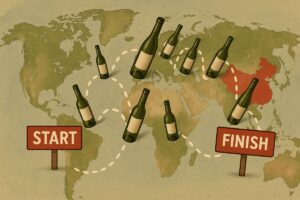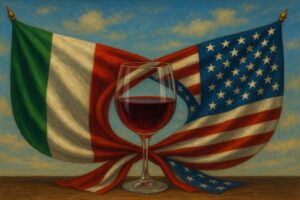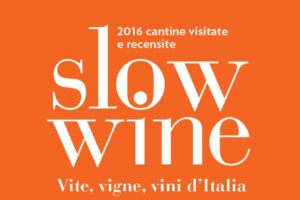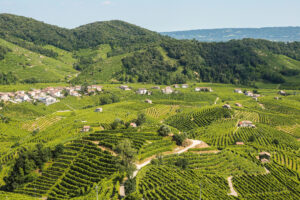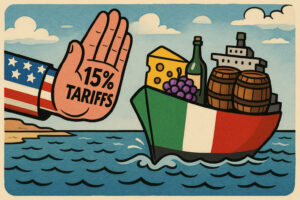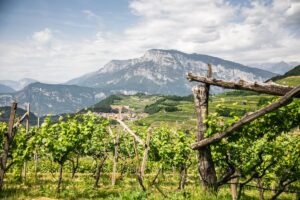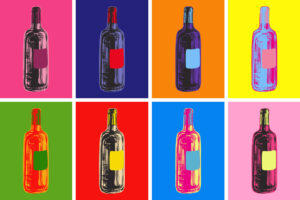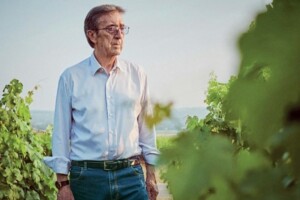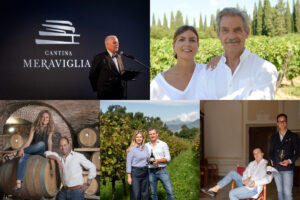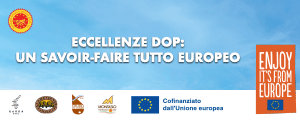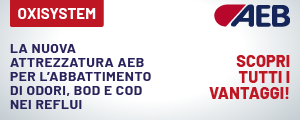After the growth recorded in 2020, the 2021 harvest, characterized by a drop in quantities, brought widespread price increases for wine grapes throughout the country. To weigh on the negative result of the quantities was the adverse climatic trend, characterized by spring frosts that particularly affected the regions of Central and Northern Italy. The drop in production during the harvest, together with a recovery in consumption (led by sparkling wines), also favored by the reopening of the restaurant sector, and a return to growth in exports (+7% in volume over 2020) thus led to an increase in wholesale wine prices, which the bulk wine index drawn up by Unioncamere and Bmti (presented at Vinitaly 2022) quantified as +4.2% on an annual basis. However, the price increases observed in the upstream stages of the chain have been accompanied by a rise in production costs incurred by companies, caused by increases in energy, raw materials such as glass, plastic, paper and cardboard, in addition to critical logistics issues.
The analysis at the territorial level of the dynamics of the prices of wine grapes shows generalized increases in the different production areas of our country. The prices recorded by the Chambers of Commerce have recovered ground, returning to and sometimes exceeding pre-Covid levels. Specifically, the analysis of the Chamber’s price lists showed, among the grapes of the Veneto region, increases in the prices of grapes suitable for Amarone and Recioto and Lugana on the Verona market. Prices in recovery for Glera grapes suitable for the Docg Conegliano - Valdobbiadene, growing on the market of Treviso after the decline of the three-year period 2018-2020. In Lombardy, prices are on the rise for grapes suitable for Franciacorta Docg, although values are still far from the peaks of 2017 and there are also increases for grapes suitable for Lugana. A clear “plus” sign can also be seen in Piedmont, with peaks of +50% for grapes suitable for the production of Dolcetto d’Alba Doc, +60% for Nebbiolo grapes suitable for Barolo Docg and almost +90% for organic Barbera del Monferrato. Widespread increases also in the Tuscan markets. The prices of grapes suitable for Chianti are growing again, with more marked increases compared to 2020 for grapes suitable for Chianti Docg (+61%) than for grapes suitable for Chianti Classico (+12%). Prices are recovering for Sangiovese grapes suitable for the production of Brunello di Montalcino Docg and for grapes suitable for Nobile di Montepulciano Docg. And in Abruzzo, the “plus” sign was again recorded for grapes suitable for Montepulciano DOC and for grapes suitable for Pecorino DOC and Trebbiano DOC. In the south of Italy, after the drop in the previous three years, increases were recorded for grapes suitable for Fiano di Avellino and Greco di Tufo. Prices are also increasing for black grapes and for the Moscato grapes of Puglia, recorded in Bari.
At the same time, the bulk wine wholesale price index is also showing a positive trend. As already observed in the first two months of the year, March data also show a slowdown in the monthly growth of wholesale prices of bulk wines. The index processed by Unioncamere and Bmti on the basis of data published by the Chambers of Commerce showed in March a monthly increase of +0.2% from +0.6% in February. Growth is still close to +20% compared to last year (+19.4% compared to March 2021), still benefiting from the increases in wholesale wine prices in the latter part of 2021 and which were due to estimates of a drop in the quantities produced in Italy, the reopening of the restaurant channel and the good performance of exports, which reached a record value of 7.1 billion euros (+12.4% compared to 2020), led by the excellent performance of sparkling wines across the border. An increase in price lists, which from the second half of 2021 was, however, countered by the increase in energy and raw material costs (glass, paper, packaging), as well as the problems that persist on the logistics front, with consequently high freight rates. Although slowing down, prices of sparkling and semi-sparkling wines continued to rise, registering a monthly increase of 1% in March 2022, down on the +1.4% registered in January and +1.5% in February. An increase, that of March, which is attributable to the strong “plus” sign obtained by sparkling wines produced with the classic method, 3.8% higher than in February. After the liveliness of the past months, prices of sparkling wines produced with the Charmat method have stopped (+0.2% in March). The growth compared to the previous year is still higher than the average for the sector, reaching +22.9% in March. Limited changes were recorded in March for still wines with denomination, with increases compared to the previous month of less than 1% for both red and white wines. A notable exception was the +1.8% over February 2022 recorded for premium white wines.
Although slowing down compared to what was seen in February 2022, prices of PDO-PGI red wines maintain a double-digit tendential growth (+13.2% from +14.8% of the previous month). A deceleration that, among the different segments of red wines with denomination, does not seem to affect the high-end red wines, which, on the contrary, further improves the comparison with twelve months earlier, going from +13.7% in February to +16.2% in March (it was +10.6% in December). A similar trend can also be seen in the prices of high-end PDO-PGI white wines, which, in March 2022, show a positive change compared to a year ago, reaching +3.8% from -1.4% in February. Overall, white appellation wines recorded a rise of +15.2%, up on the +14.8% recorded in February 2022. After the increases observed in the last part of 2021, March showed widespread decreases for ordinary wines, more marked for rosé wines (-3.7% on a monthly basis) compared to red and white wines. For all the three types, however, the price increase registered in the last twelve months is still consistent, equal to about +20% for red and rose wines and +34.1% for white wines. On the cost side, prices of raw materials used by wineries remain high. In March, the price of glass bottles increased by an average of 16% compared to last year (processed by Bmti on Chamber of Commerce data). There was also a marked increase in the price of paper for labels, which rose by an average of 25% on an annual basis, and of cardboard used for packaging, which rose by 60% compared to March 2021.
Copyright © 2000/2025
Contatti: info@winenews.it
Seguici anche su Twitter: @WineNewsIt
Seguici anche su Facebook: @winenewsit
Questo articolo è tratto dall'archivio di WineNews - Tutti i diritti riservati - Copyright © 2000/2025










